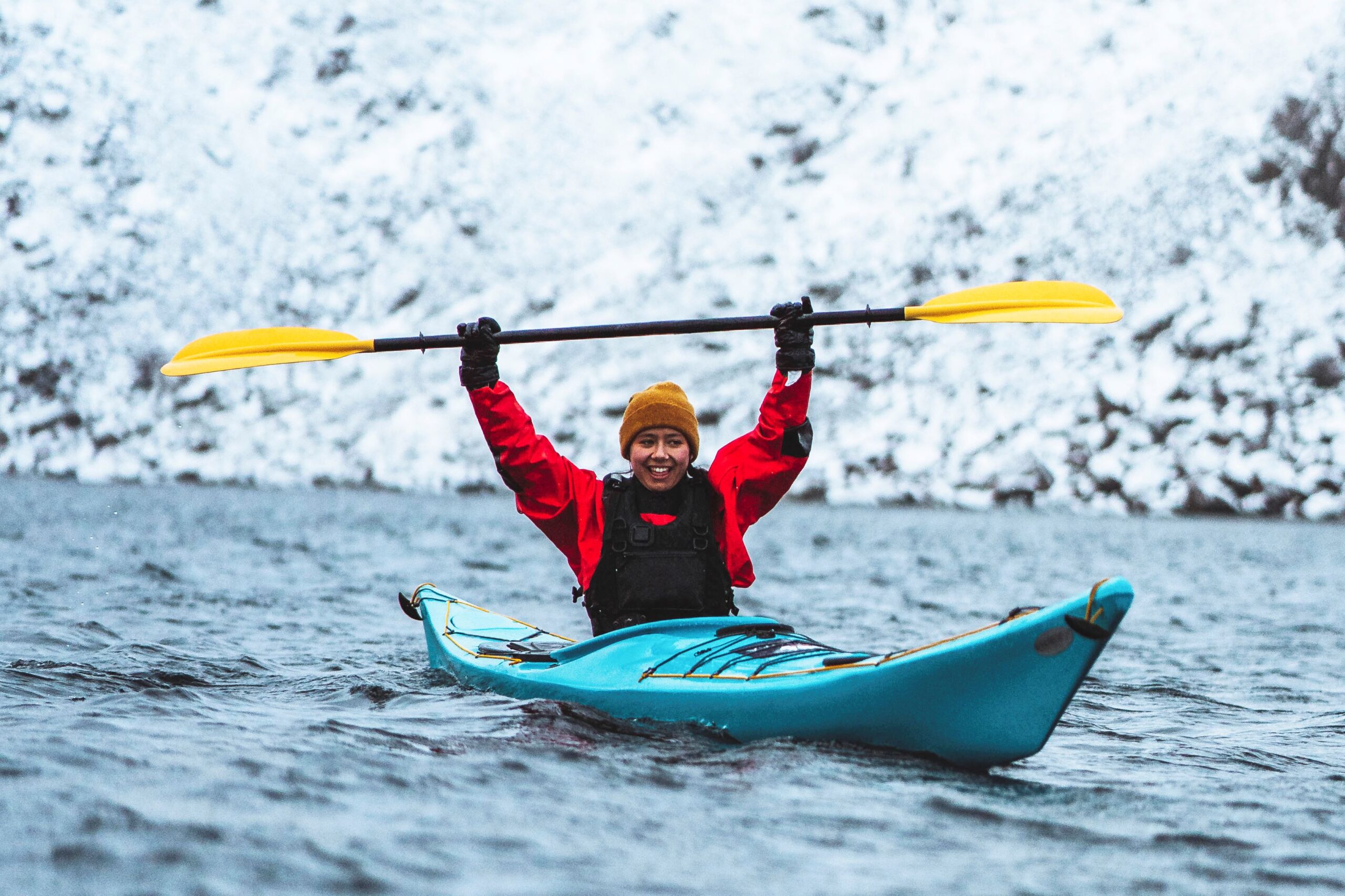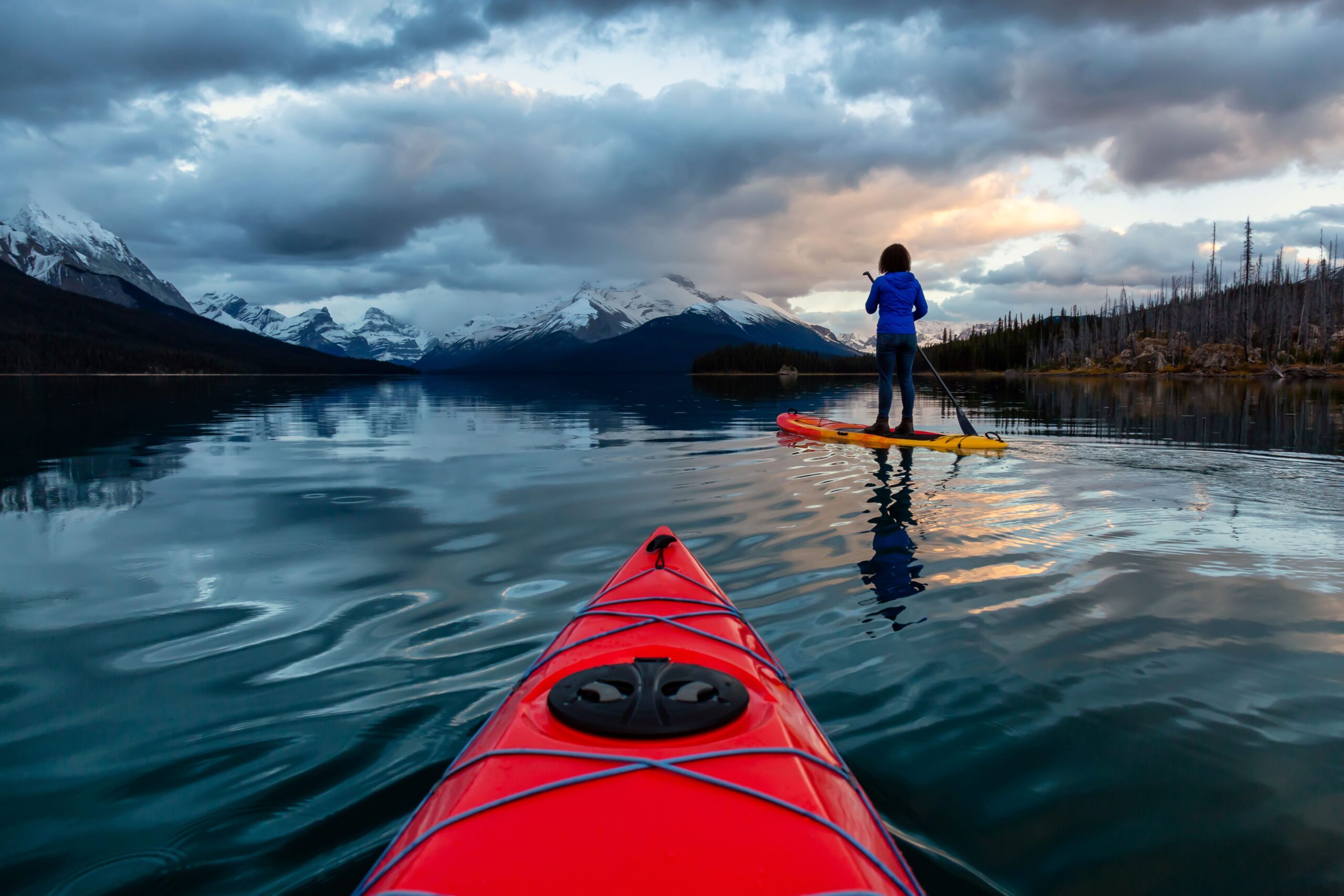Spring hits before you expect it. Sometimes mid-March, other times not until April winds settle. That’s when the valley starts to hum. Trails clear. Gear reappears. It’s subtle — the change — but locals feel it. You’ll catch a jogger testing the mud at Horse Gulch, or bikes returning to racks outside cafés. The tempo resets.
Durango isn’t about a single season. It’s not even about the weather, really. It’s about what people do with the weather. Kayaking before the snow melt is over. Biking before the dust sets in. Each activity creeps into the next — sometimes overlapping — and if you time it wrong? You might miss the best morning of the month.
Late May 2025 proved it. Horse Gulch hit peak traffic between 9–11 AM, and by afternoon, the whole rhythm shifted. Shade vanished, dust rose, and seasoned riders were already gone.
Durango grew with the railroad, but it stayed because of everything else. The Animas River doesn’t just decorate downtown; it runs straight through it. Locals paddle before breakfast. And not hypothetically — actually. At dawn, even in June, water temps hover low enough to shock the sleep out of you.
The San Juan Mountains frame everything. They don’t tower — they press in. Close enough to shape weather. Close enough that trails can shift from dry to slush in less than an hour. Ask any spring hiker who’s tried to reach Gudy’s Rest after a late April storm. It looked passable from town. It wasn’t.
In 2023, Purgatory Resort logged its first snow on October 27. That same week, mountain bikers still rode lower sections of Telegraph Trail. One town. Two extremes. It didn’t make sense — until it did.
Durango’s outdoor scene centers around five main activities — each shaped by season, elevation, and local vibe. Here’s the rundown:

2022 was the year wind canceled more spring rides than storms did. It wasn’t in the forecast — just appeared. That changed pacing. Changed planning. But also revealed something: Durango’s scene isn’t rigid. If one plan folds, another opens.
You might miss rafting due to high flow warnings — but hit Dry Fork for late-season blooms. Or get snowed out of the upper trail and find a perfect afternoon along the lower Hermosa Creek.
Yes. But also, no. Some routes don’t translate. Some trails don’t forgive rerouting. And that’s part of it.
Not everyone runs rapids or bombs down singletrack. Some people just want coffee and cottonwoods. But even then — even if you just drive to Lemon Reservoir or walk past bikers on Main Ave — the energy finds you.
Durango’s geography doesn’t permit passive living. It invites, interrupts, and insists. Which means visitors rarely stay spectators for long.
So maybe you didn’t plan to hike today. But mid-morning clears, and a breeze rolls down from Smelter. The air says: try.